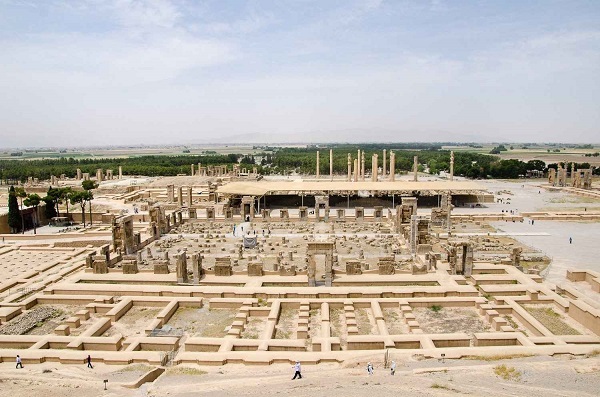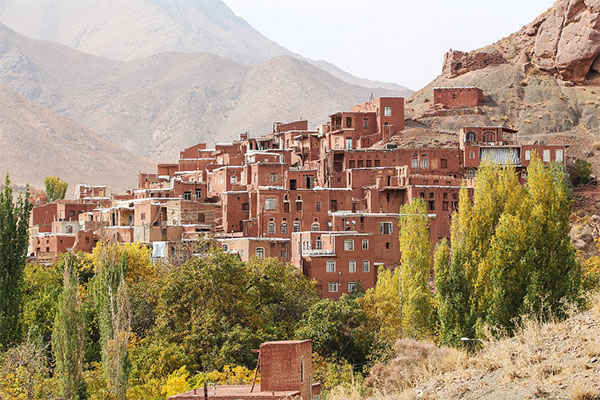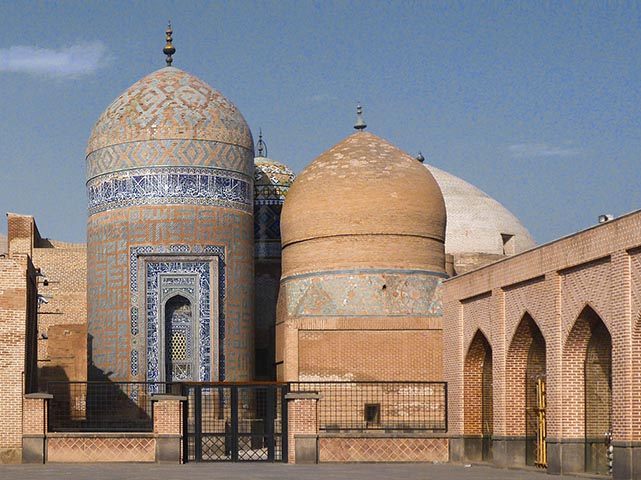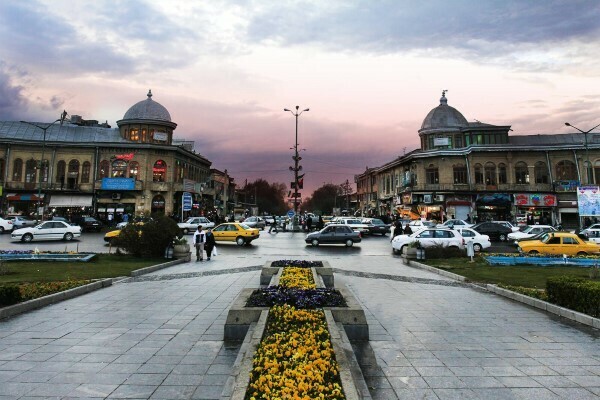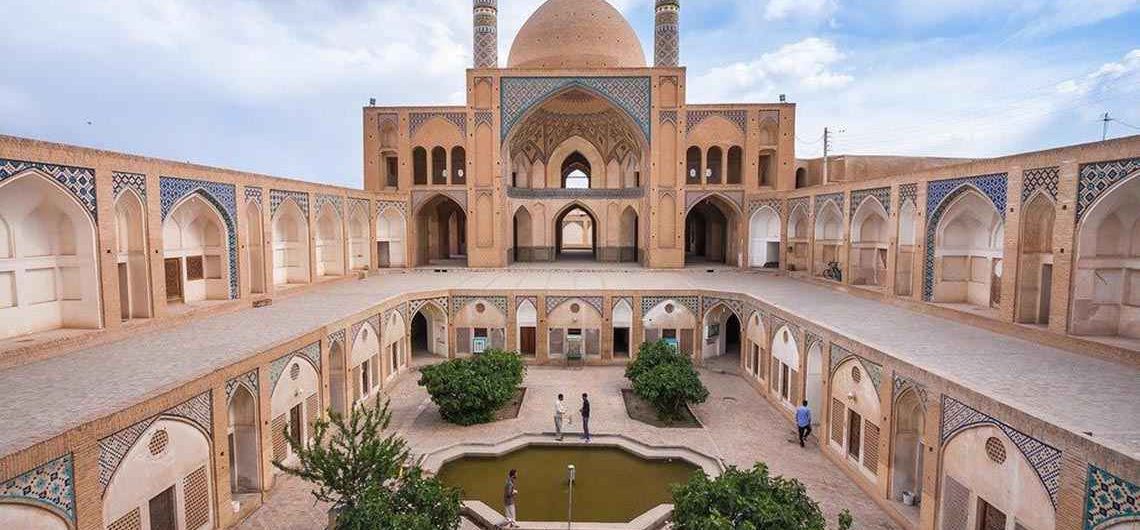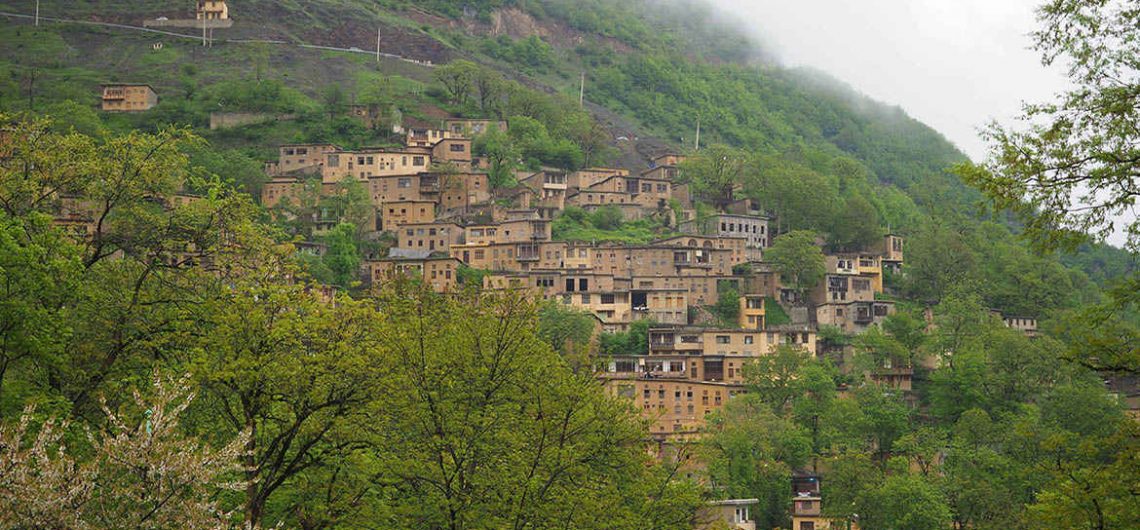Hamadan (Hegmataneh) Hamedan, the first capital of the Medes, was founded in the 7th century BC. by order of the first king of Iran, Deioces. The Medes called this city Hegmataneh, while the Greeks called it Ecbatana, which means meeting place, where they met and chose Deioces as the first king of Media. The minority of the population of Hamedan was made up of Christians and Jews for the reason that the tomb of Esther and Mordechai, two Jewish characters whose tomb is the most important pilgrimage site for Jews in the country, is located in this city. Among the Hamedan handicrafts, one can refer to pottery dating back seven centuries. The cities of Hamedan and Lalejin are the centers of pottery made in Iran. Initially, the western borders of the independent Median principalities did not extend much beyond the western borders of the Hamedan plain. Its original territory of communication, as the Assyrians knew it during the period between the last third of the 9th century and the beginning of the 7th century BC., was very delimited by the north and the northwest. The Medes had no choice but to expand their territory to the southwest and occupied the Zagros valley. This city is famous for the great scholars who were born and raised in it, such as Baba Taher, Mirzadeh Eshqi and Avicenna. Antiquities of Hamadan Ecbatana According to Herodotus, the ancient city of Ecbatana is an architectural complex built on a hill, surrounded by seven circles of walls so that the battlements of each wall exceeded those of the next circle. The battlements of these circles are painted in various colors, and those of the two inner circles are covered with silver and gold, respectively. According to the Achaemenid inscriptions in the 6th century BC. Mede goldsmiths
Hamadan (Hegmataneh)
Hamedan, the first capital of the Medes, was founded in the 7th century BC. by order of the first king of Iran, Deioces. The Medes called this city Hegmataneh, while the Greeks called it Ecbatana, which means meeting place, where they met and chose Deioces as the first king of Media. The minority of the population of Hamedan was made up of Christians and Jews for the reason that the tomb of Esther and Mordechai, two Jewish characters whose tomb is the most important pilgrimage site for Jews in the country, is located in this city.
Among the Hamedan handicrafts, one can refer to pottery dating back seven centuries. The cities of Hamedan and Lalejin are the centers of pottery made in Iran.
Initially, the western borders of the independent Median principalities did not extend much beyond the western borders of the Hamedan plain. Its original territory of communication, as the Assyrians knew it during the period between the last third of the 9th century and the beginning of the 7th century BC., was very delimited by the north and the northwest. The Medes had no choice but to expand their territory to the southwest and occupied the Zagros valley.
This city is famous for the great scholars who were born and raised in it, such as Baba Taher, Mirzadeh Eshqi and Avicenna.


